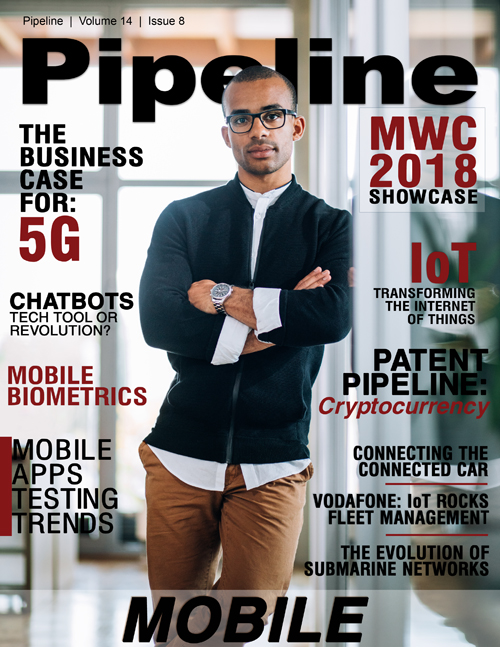Connecting the Connected Car
There is a long history of communications standards efforts targeting vehicles – from IVHS (Intelligent Vehicle Highway Transportation Systems) to IEEE 802.11P and Cisco’s V2X. Although there is a lot of promising work that has come out of these efforts, they will take some time before they become widely enough deployed to complement already pervasive cellular communication. The opportunity and the challenge, then, is to make the existing cellular system meet the near term requirements.
Up to now Telco’s have worked on the basis of supplying automotive OEM’s with a “connect and forget” service based on a SIM (Subscriber Identity Module)/simple phone module built into the car. This is proving to be far from sufficient. The critical component is becoming the TCU (Telecommunication Control Unit) embedded in each vehicle. In essence, in the short term it is a smartphone embedded in the vehicle data-bus. But it has a multi-standard cellular radio modem, global location receiver (possible multi-standard as well), WiFi and Bluetooth modules, plus a standard OBD (On Board Diagnostic) or a more enhanced vehicle system interface. Because vehicles have long useful lives, over time, additional communication modalities will need to be added. On-Star had a serious problem because its initial modem was only able to handle 1G. As 2G and 3G were deployed and Cellco’s abandoned 1G, GM had to abandon a very large number of vehicles. This was a marketing problem then. A similar situation in the future will become a critical safety issue. Given the current pace of developments in the connected car, volatility is likely to greatly increase in both amount and speed. One way to minimize disruption would be to make as much of the TCU software defined (SDR, SDN, etc.) as possible.
The TCU needs to be seen as a Telco Network Element, not just a “stupid” router or pipe. It needs advanced control logic to interface with the vehicle systems. By definition this would call for at least a full specification O&M interface, preferably controlled by an integrated orchestration agent based on an end-to-end platform that can meet both today’s and tomorrow’s emerging requirements. This platform needs small highly efficient software components that can be deployed in fully distributed, fully centralized and hybrid architectures provisioned, configured and managed in an automated fashion. The role of the orchestration unit will become even more important as vehicle-to-vehicle, vehicle-to-road, etc. communications systems become widely deployed. Again, a full discussion of the orchestration system for the connected car will be discussed in another follow-on article.
The immediate problem today is that current cellular coverage, global roaming, and end–to-end orchestration of communications links traversing multiple networks (administrations, technologies, etc.) were designed for human users. We all know that there are coverage holes, even in leading metropolitan areas of advanced economies. We know where they are and when we are talking on our mobile phones, we say, “going into a coverage hole. If I lose you, I will call back when I get out of the hole.”
It would be great if an auto OEM could assume complete global coverage, but that is not possible today. So, in this environment, the first and most important requirement is to know when there is a lack of communication, if it is a network hole or a vehicle problem.



















